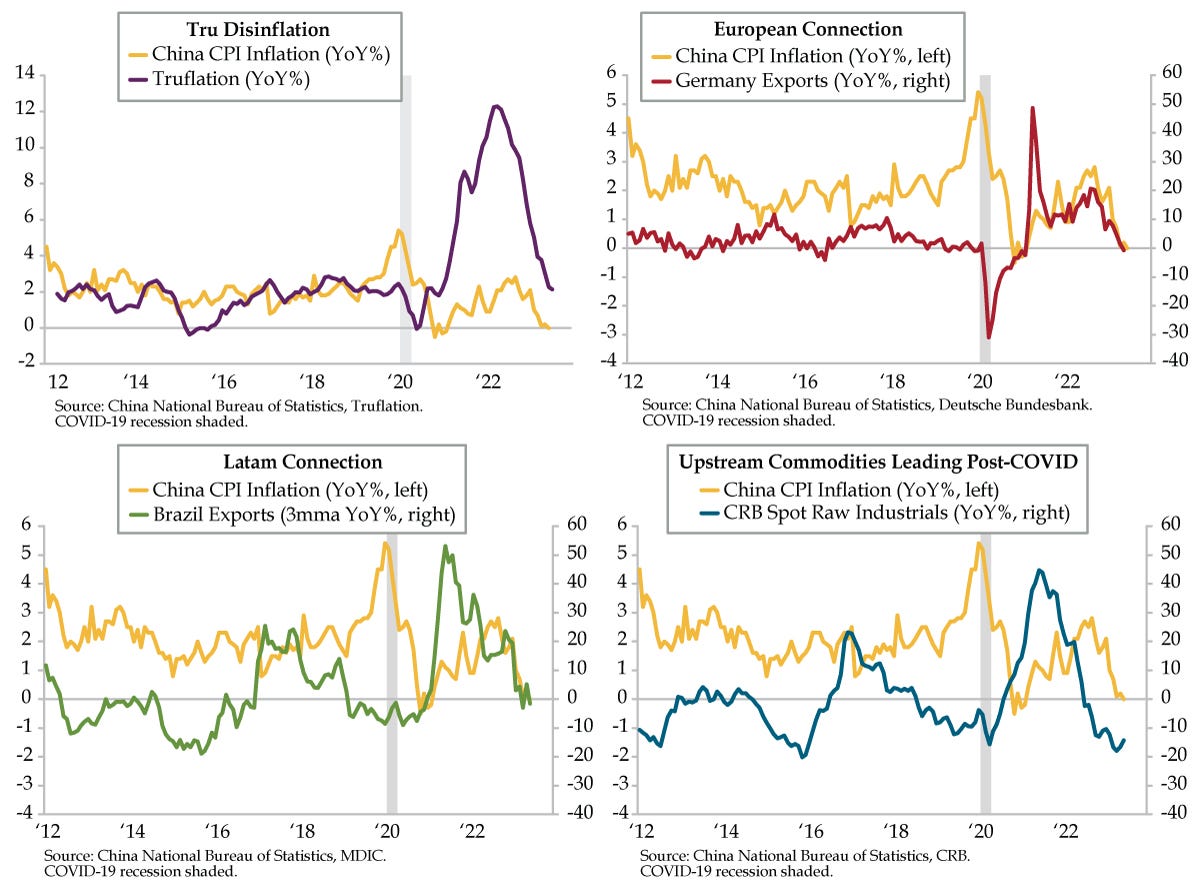Crossing the Mighty Mississippi never gets old. That said, Danielle has never laid eyes on the river’s widest point, which spans an amazing 11 miles. Aside from taking in views of the daunting delta on countless trips to New Orleans, most of the time she sees the world’s third-widest river basin, she’s pushing 75 miles per hour (mph) on Interstate 20 as she crosses the Mississippi River Bridge. Connecting Louisiana’s Madison Parish to Warren County, Mississippi, the 12,974-foot bridge was originally built in 1973. Two years ago, a much-needed $30 million renovation was completed leaving those who crossed it with less risk to their teeth. Gone was the bumpety bump with a fresh concrete overlay of the bridge deck. For good measure, the electrical system was upgraded and nearly 100 roadway lighting components were replaced with a modern LED system. The bridge’s fiber optics were also upgraded with new cameras and radar that integrated into the state of Mississippi's IT network. That’s key as the maximum interstate highway speed limit declines from 75 mph to 70 mph once you cross into Mississippi. Adjust your cruise control accordingly.
Aside from her beauty, the Mississippi River was integral to trade in America as the country evolved from emerging to developed. She carried furs from the Great Lakes, corn and wheat from the Midwest, and cotton, sugar, and tobacco from the plantations that were the economic engine of the Deep South. Though the revenue the river generates today derives from tourism, agriculture, and manufacturing along the riverbanks, the Mississippi still throws off about $500 billion a year. To contextualize that, the West Coast ports of Los Angeles and Long Beach generate about $2 trillion in annual revenue for the U.S. These entryways, of course, are where the bulk of Chinese imports enter the country.




